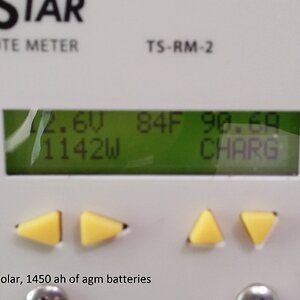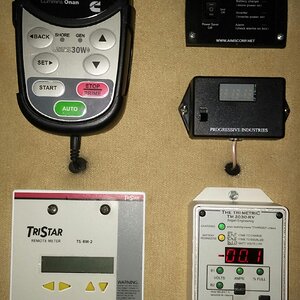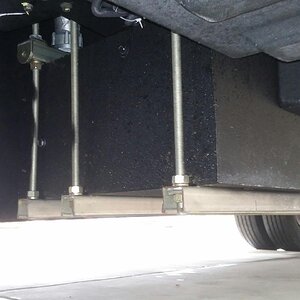We have the Motor Carrier’s Road Atlas and, while it does provide some useful information, we rarely use it. For the most part, we use a Garmin RV890 GPS unit that allows us to input the RV parameters (height, width, weight, etc.). It adjusts the route accordingly.
We have traveled extensively in the Mountain West in a 40’ motorhome towing a car and haven’t found many roads that worry us. Admittedly, we don’t get way off the beaten path on secondary roads very often, but can’t remember any times where we were particularly concerned. Well, the tunnel on the Oregon Coast (US 101) marked 11’6” height restriction did raise our eyebrows a bit, but it turned out that measurement was at the curved edge; the middle of the tunnel was 14’ plus.

Seriously, unless you plan to travel on the back roads, you shouldn’t have many issues. The Motor Carrier Road Atlas will show you the location of any restricted overhead clearances and overly steep grades. On interstate highways, any clearance less than 15’ must be marked prior to an exit where you can bypass it. Most states in the west use the same procedure and rarely will you encounter any overhear clearance less than 14’ on state highways.
As for “roads through the mountains,” we do have that! You don’t mention what tow vehicle you are using, but if it is properly matched to your 5th wheel, you should be fine. If it is marginal, you may want to stick to the interstate highways as much as possible…or, upgrade to more truck!
For the most part, you will be the deciding factor. Drive at reasonable speeds, use good judgement and don’t let other drivers push you past your comfort zone and you’ll do fine. There’s lots to see out here in the West, so be sure to give yourself plenty of time to explore.
TJ











